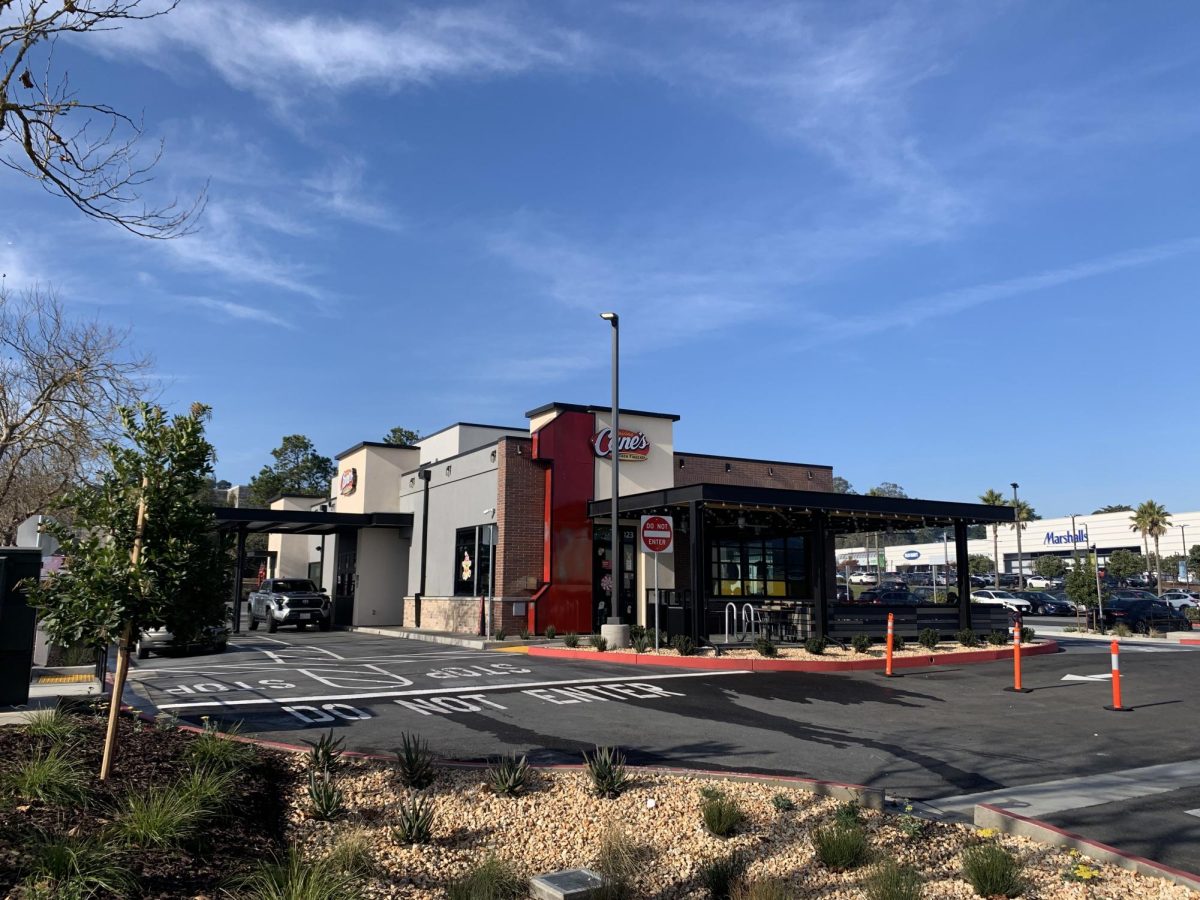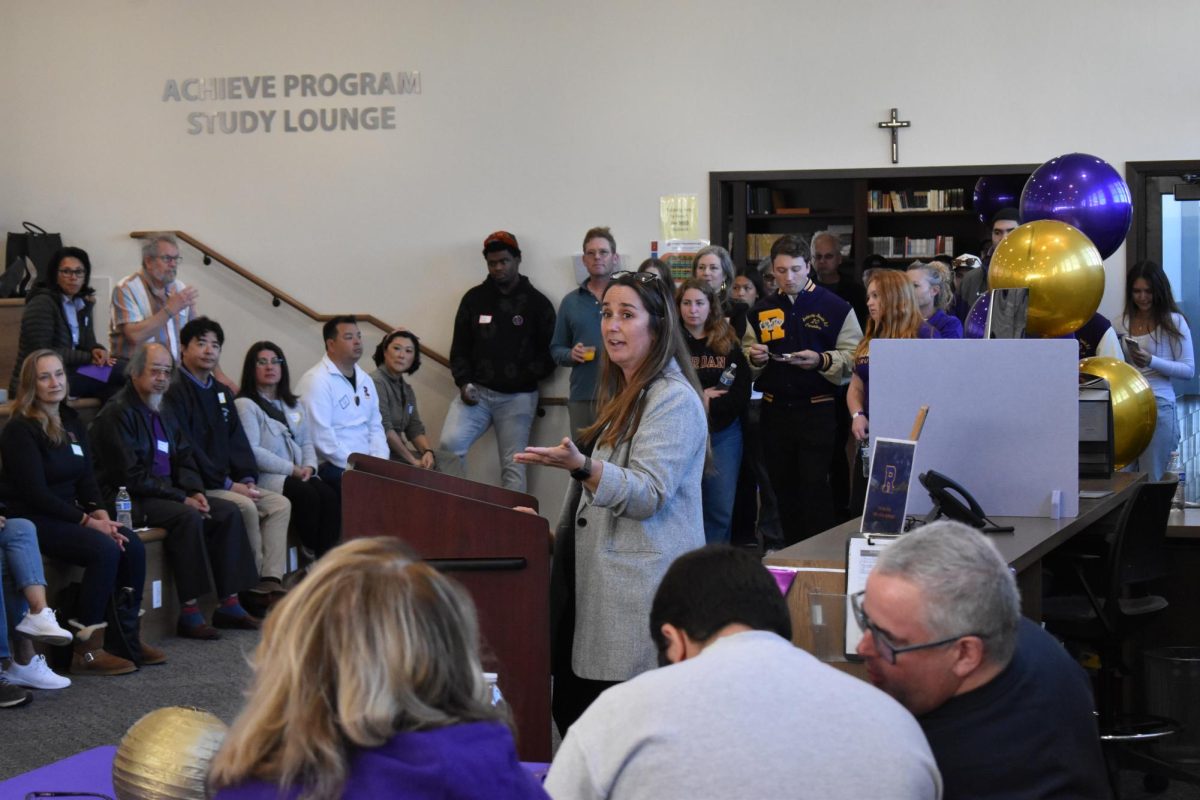On Feb. 27, Macy’s announced that it will be closing 150 of its unproductive stores nationwide over the span of the next threeyears, including its flagship store in San Francisco’s Union Square as part of its business strategy to upgrade its remaining 350 stores.
According to The San Francisco Chronicle, the department store opened due to a chance encounter between Macy’s executive Wheelock H. Bingham, and O’Connor, Moffatt & Co. executive, Joseph V. Costello, in Central Park, where they struck up a potential business deal.
The deal proved successful when O’Connor, Moffatt & Co. was sold to Macy’s in 1947, rendering it the largest department store west of Chicago, with the store spanning 400,000 square feet.
English Instructor and fourth- generation San Franciscan, Michael Vezzali-Pascual ’88, fondly reminisced, “For as long as I can remember, I have been going downtown to Union Square at Christmas time to see the Macy’s Christmas tree lighting, and see the window displays of the SPCA puppies and kittens up for adoption.”
For many, the department store, in its simple existence, has left a deep mark of nostalgia, even if shopping there wasn’t their priority.
Diane Lai ’24 said, “Even though it’s not like I shopped there every day, it holds a lot of random but special memories. I think with its closure, it will bring some sort of darkness to Union Square.”
“The store, being so huge, brings so much life and light to the Square, whether that be with its giant Christmas wreaths or the comfort of the store,” she added.
Unfortunately, the store’s closing can be attributed to the rise of online shopping.
MathInstructorMaryAnnDatoc said, “People are shopping online and it’s being delivered on your doorstep ever since the pandemic. It is convenient for everyone.”
She also speculated that, “from a subjective perspective, the closure of Macy’s in Union Square will affect the economy in thebeginning, especially the old owners who do not use the internet to advertise their business.”
Vezzali added, “Many auxiliary and small businesses depend on Macy’s for their business that we might not even know or think of. For example, there was a guy who was in one of the buildings around Union Square to whom I would take new clothes to be altered, like pants that needed hemming.”
However, amidst such seemingly bleak developments, there may lie a silver lining.
Vezzali added, “I hope that this space and other vacant retail spaces can be used to preserve a way for people to interact, and we are going to have to reimagine these places once again.”






